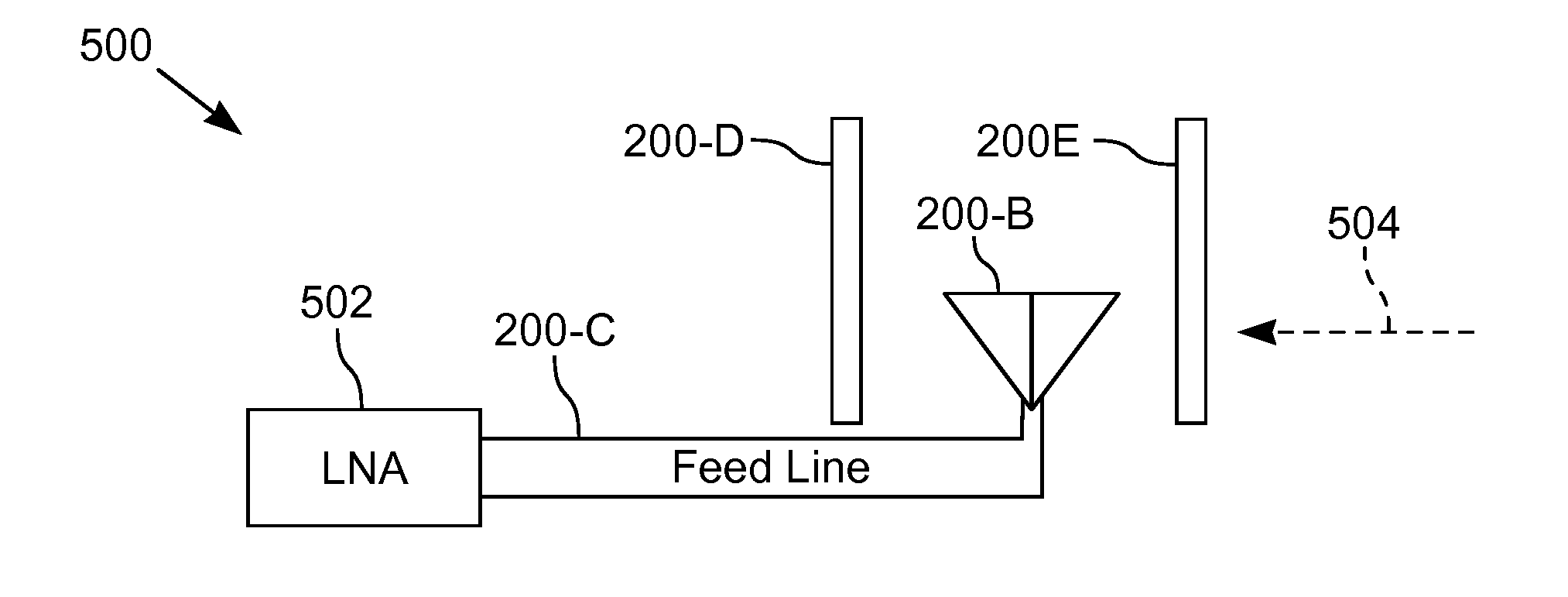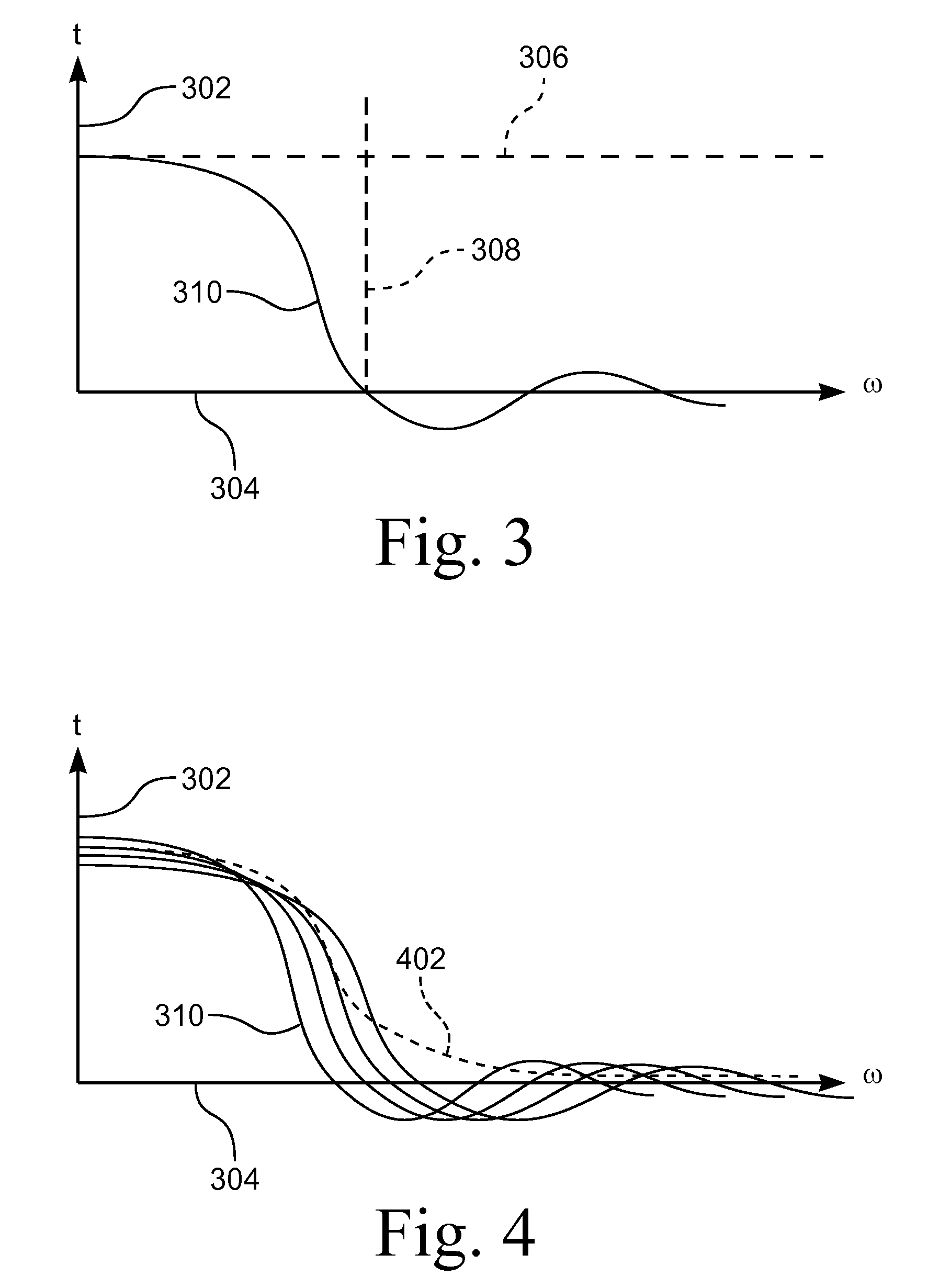Plasma device with low thermal noise
a technology of thermal noise and plasma, applied in the direction of plasma technique, coating, electric discharge lamps, etc., can solve the problem of low thermal noise level, achieve the effect of reducing thermal noise, temperature, resistance, and/or collision frequency, and acceptable noise and snr levels
- Summary
- Abstract
- Description
- Claims
- Application Information
AI Technical Summary
Benefits of technology
Problems solved by technology
Method used
Image
Examples
Embodiment Construction
[0029]A plasma device with low thermal noise is disclosed. Although specific examples of plasma devices are described herein, for example, a plasma antenna 200-A, a person skilled in the art will recognize that the plasma device not limited to the provided examples. As used herein, a plasma device includes devices that include a plasma that is responsive to electromagnetic radiation and / or electrical signals. Examples of a plasma device include a plasma antenna, a plasma reflector, a plasma screen, a plasma shield, a plasma window, a plasma switch, a plasma waveguide, plasma circuit conductors such as a coaxial cable, a plasma radome, and plasma frequency selective surfaces.
[0030]FIG. 2 illustrates one embodiment of a plasma device, namely, a plasma antenna 200-A. The illustrated plasma antenna 200-A is a loop antenna. In various embodiments, the plasma antenna 200-A has various configurations, for example, dipole, folded dipole, beam, and loop. The plasma antenna 200-A includes a v...
PUM
| Property | Measurement | Unit |
|---|---|---|
| operating frequency | aaaaa | aaaaa |
| thermal noise level | aaaaa | aaaaa |
| electrically non-conductive | aaaaa | aaaaa |
Abstract
Description
Claims
Application Information
 Login to View More
Login to View More - R&D
- Intellectual Property
- Life Sciences
- Materials
- Tech Scout
- Unparalleled Data Quality
- Higher Quality Content
- 60% Fewer Hallucinations
Browse by: Latest US Patents, China's latest patents, Technical Efficacy Thesaurus, Application Domain, Technology Topic, Popular Technical Reports.
© 2025 PatSnap. All rights reserved.Legal|Privacy policy|Modern Slavery Act Transparency Statement|Sitemap|About US| Contact US: help@patsnap.com



